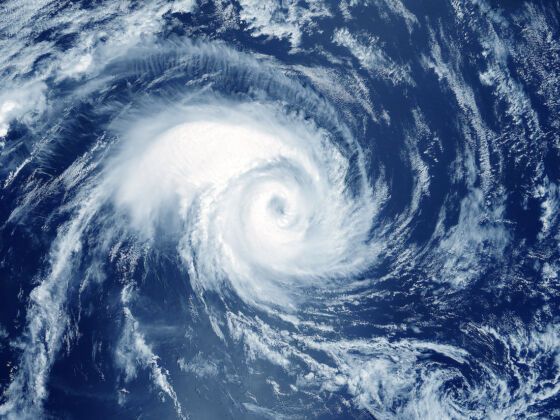I WAS IN A GYMNASIUM a couple of days after the tidal surge of Superstorm Sandy had receded from the Jersey Shore. We were sorting through donations that had been pouring in from around the country. There were toys everywhere — stuffed animals, board games, books, puzzles, costumes. There was an entire corner piled with teddy bears.
“Are we really going to need all of these?” I asked one of the women in charge.
“Oh, no,” she said. “A lot of the clothes will get taken, but this is way more toys than we’ll need. We’ll give them to Goodwill.”
A lot of the toys were brand new. It was heartbreaking, seeing such staggering generosity in the face of the disaster, and not being able to accept it.
